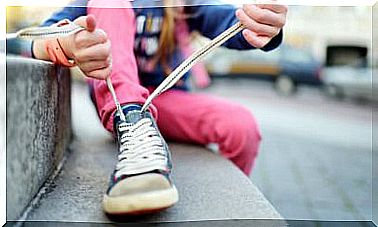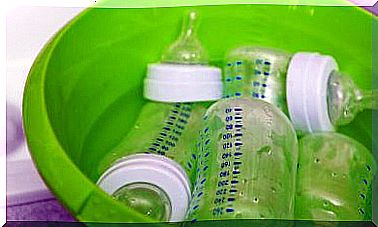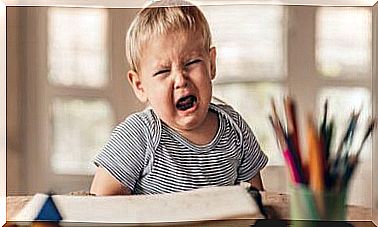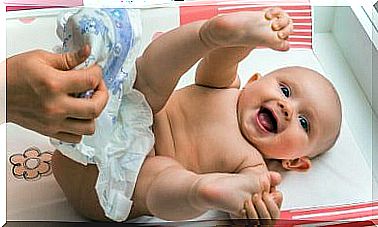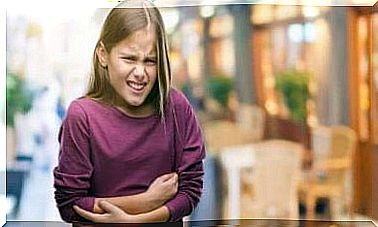Falls And Blows To The Head, What To Do?
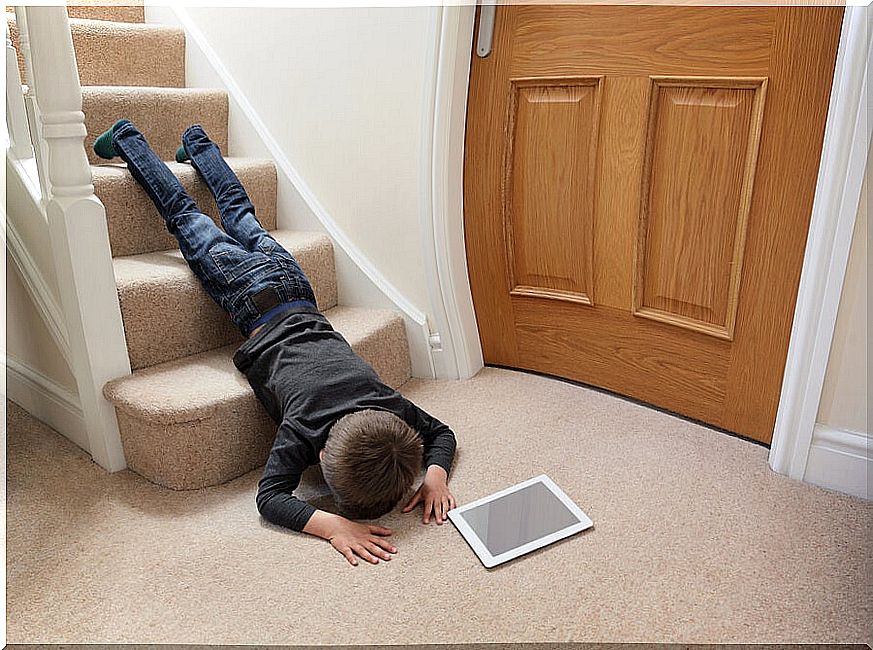
As soon as children start walking, they are susceptible to blows to the head. It’s one of the most frequent injuries, and while you don’t need to panic, it’s one of the accidents we should pay more attention to. Depending on the force of the impact, it is necessary to act quickly.
To prevent and respond appropriately in the event of domestic accidents, it is essential that parents are properly aware of and know how to act in the event of falls and blows to the head.
Falls and blows to the head: a frequent problem
Blows to the head are usually common from the moment a child starts to walk. Sooner or later, accidents can happen anywhere there is a certain height above the ground.
Of all childhood accidents, falls and blows to the head are the most frequent. In fact, experts explain that approximately 50% of head injuries occur in children under 15 years of age.
Among the spaces in the house with the greatest risk for the little ones are nightstands, dressers, walkers, tables, bunk beds and chairs, among others. Later, when the child grows up, these accidents usually happen because of playing a sport or other physical activity.
How to act in case of falls or blows to the head?
It is essential that parents and families of children are well informed about how to act in the event of an accident involving a blow to the head. They must be able to care for the child and know when to take the child to the doctor.
Observe
It is important to know that one of the most important aspects when a child hits his head is to observe. Parents must observe the child for 72 hours after the accident and, in case of any unusual symptoms, take him/her to the emergency room.
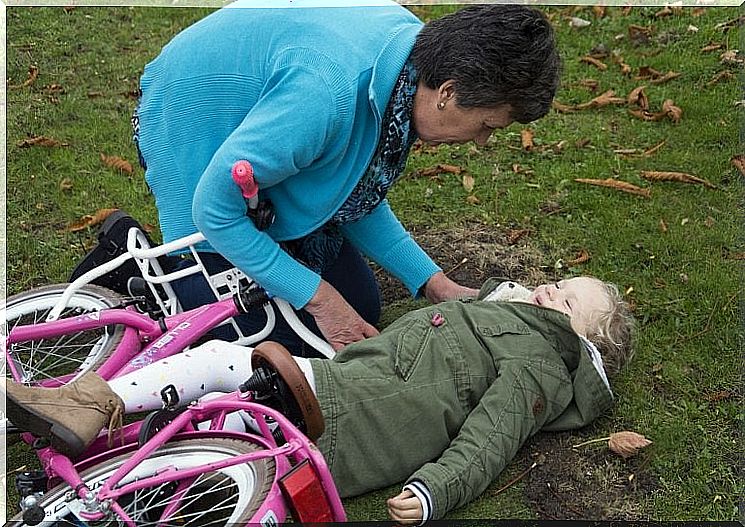
go to the emergency room
Certain symptoms clearly indicate that a child should be taken to the emergency room as soon as possible. These symptoms are:
- Loss of consciousness (even if it’s momentary)
- vomiting
- speech problems
- Loss of coordination capacity
- Memory loss
- Others
bumps and bruises
In most cases, hits are usually nothing more than bad times. If the child has a bump, a bruise or a small cut, it is normal to feel pain in the head. In these cases, it is necessary to clean and care for the wounds by applying ice wrapped in a cloth.
You have to be careful even when the blow doesn’t seem to have been very strong. If the bump gets bigger, it is advisable to go to the emergency room as soon as possible.
Head trauma
When a child has any of the symptoms described below, it is possible that he or she has suffered a head injury. You need to call an ambulance or take it to the emergency service as soon as possible.
So what are the symptoms of a head injury? Black eyes, bleeding from eyes or nose, loss of memory and coordination, bones in the head give way to touch, difficulty speaking, seizures, drowsiness.
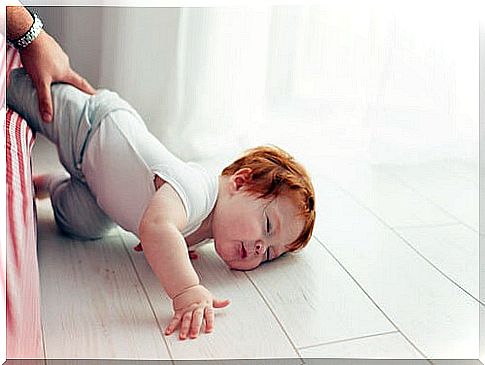
care with babies
In the case of small babies, parents must be especially careful, as the skull bones are not yet hard enough. The baby should be carefully observed during the first hours after the fall and taken to the doctor if: the cock grows and becomes soft and/or the baby has breathing problems, drowsiness, irritability and vomiting, among other symptoms.
The most common is that after a blow, the child feels a headache. In most cases this problem is solved with a little ice, a calm environment and an analgesic according to the child’s age.
As we have seen, with infants, parents or other adults should also be aware of a number of symptoms that may indicate whether the stroke requires professional attention.
While blows to the head are the most common childhood accident, it is also true that it is one of the most delicate areas of the body and should receive the most attention. Observation is key for parents to determine whether or not it is necessary to take their child to the emergency room.



